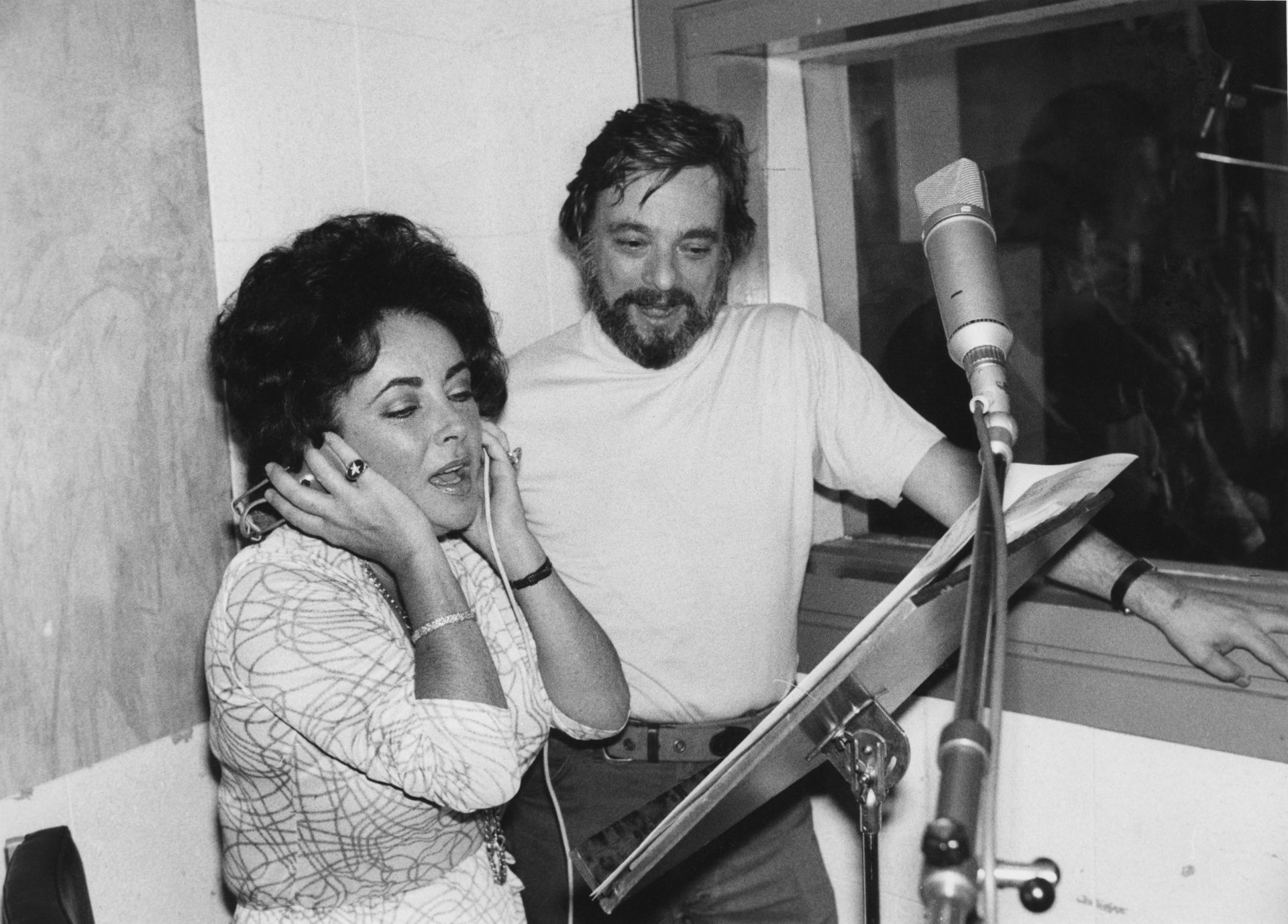Stephen Sondheim, who died last month, was a noted cineaste. So much so that Steven Spielberg, whose reboot of Sondheim’s West Side Story opens this week, said: “He knew more about movies than almost anyone I’d met.” The composer once said: “Movies were, and still are, my basic language.”
Given this, it’s not wholly surprising that Sondheim agreed, in late 2018, to be interviewed for a Sky Arts show, to discuss his favourite films. But work on his final musical (Square One, based on two movies by the Spanish auteur Luis Buñuel), advancing old age, and, of course, the pandemic meant the programme, to be filmed in his Manhattan home, was never produced. A great shame for me personally because I was set to co-write and produce it.
That home deserved a show of its own, being crammed with antique objets d’art and esoteric games, such as the late Victorian “New and Fashionable Game of the Jew”, of which Sondheim commented: “[it] taught kids to be anti-Semitic”.
Sondheim’s abode also served as the inspiration for the knick-knackstuffed lair of mystery writer Andrew Wyke in Anthony Shaffer’s classic play/movie Sleuth (1972). The play was even fleetingly given the working title of Who’s Afraid of Stephen Sondheim?
His taste in films veered towards European and international arthouse titles, although he was a great fan of Rob Reiner’s This is Spinal Tap (1984). Sondheim supplied lists of his favourite movies to various periodicals and festivals, but none seemed definitive – Stanley Kubrick’s Barry Lyndon (1975) appeared in some, but not others.
Critics have accused Sondheim of being overly intellectual in his work, and this could also be wrongly applied to his film tastes. As you will see, beneath the strict formalism and rigour of the movies lies a vein of emotional and psychological turmoil.
Dead of Night (Alberto Cavalcanti, Robert Hamer, Basil Dearden and Charles Crichton, 1945)
This chiller was released in the months following the end of WWII in Europe but still retains the power to shock, especially the very spooky ending, to which 2017’s Ghost Stories paid homage. The social unease of the framing farmhouse sequences and the unnerving story of the ventriloquist’s dummy could be seen as permeating elements of Sondheim’s work, including the Grand Guignol of his Sweeney Todd: The Demon Barber of Fleet Street.
Hangover Square (John Brahm, 1945)
Bernard Herrmann’s score for John Brahm’s adaptation of Patrick Hamilton’s downbeat noir thriller was a formative influence on Sondheim. The mood engendered by Herrmann’s music was in mind when Sondheim began writing Sweeney Todd. He said: “I thought, ‘Bernard Herrmann’, and out came that kind of music, filled with unresolved dissonances that leave an audience in a state of suspense. I didn’t consciously copy him, but it was Hangover Square that started that thought process.”
Smiles of a Summer Night (Ingmar Bergman, 1955)
This atypically gossamer comedy inspired Sondheim’s A Little Night Music – and Woody Allen’s A Midsummer Night’s Sex Comedy. As a fellow Manhattanite, I have wondered whether either Allen or Sondheim was an aficionado of the other. I suspect the composer might well have regarded Allen as shallow and glib.
Au Hasard Balthazar (Robert Bresson, 1966)
An utterly heart-wrenching tale of a put-upon working donkey, this is a difficult watch – unless, that is, you have a heart of stone. I can barely make it through the first 10 minutes before the waterworks begin. Sondheim’s love for the movie is a testament to the well of heartbreak hiding not so successfully beneath his occasionally distanced, intellectual persona.
Barry Lyndon (Stanley Kubrick, 1975)
A film whose formalism belies an emotional core, the American director’s interpretation of William Makepeace Thackeray’s 1844 satirical novel The Luck of Barry Lyndon becomes increasingly tragic as the tale progresses. You can see why Sondheim would be drawn to this elegantly composed, expertly drawn tale of an Irish larrikin’s attempt to enter the refined world of 18th century English aristocracy.
The Contract (Krzysztof Zanussi, 1980)
Polish director Krzysztof Zanussi was a particular favourite of Sondheim, with this satirical dissection of the monied classes of Poland earning high praise from the composer. “It’s a movie I find so extraordinary, I want to share it with everybody, it’s political and it’s funny and it’s upsetting and surprising. It’s Chekhov.” Briefly, a Warsaw doctor arranges the civil marriage of his egotistical son (Tadeusz Lomnicki), but the young bride (Maja Komorowska) refuses to go through with the subsequent religious ceremony. Despite this, the wedding reception takes place, where booze-fuelled family in-fighting and a naked sauna party ensue. Leslie Caron is memorable as a kleptomaniac retired ballerina.
Character (Mike van Diem, 1997)
Sondheim described this Dutch period thriller as Dickensian, with the film world’s “best dream sequence”. Given the composer’s own decidedly ambivalent feelings towards his parents (especially his mother), you can understand why he warmed to this tale of a selfeducated bastard (Fedja van Huêt) tormented by a man who turns out to be his father (Jan Decleir).
The Barbarian Invasions (Denys Arcand, 2003)
This French-Canadian comic meditation on life, death, sex, politics and ambition, appears firmly in Sondheim’s wheelhouse, as a dying Québécois history professor (Rémy Girard) gathers his friends and family around him for an extended bout of truth-telling before he shuffles off this mortal coil. To quote The New York Times in a review of Sondheim’s Museum of Moving Art season of curated movies, “The intellectual debates among Canadian academics echo Mr Sondheim’s cultivated, subtextloaded conversational lyrics.”
Sondheim might have died, at the age of 91, but his music spanned six decades and he isn’t quite done. Richard Linklater is filming his decade-spanning, coming-of-age tale Merrily We Roll Along in ‘real-time’, as with the Oscar-winning Boyhood. Which means we can expect to see it in about 2041.
From West Wide Story to Into the Woods: The (film) feast of Stephen
The late composer and lyricist Stephen Sondheim was known for Hollywood adaptations of his work. But European movies were closer to his heart.



